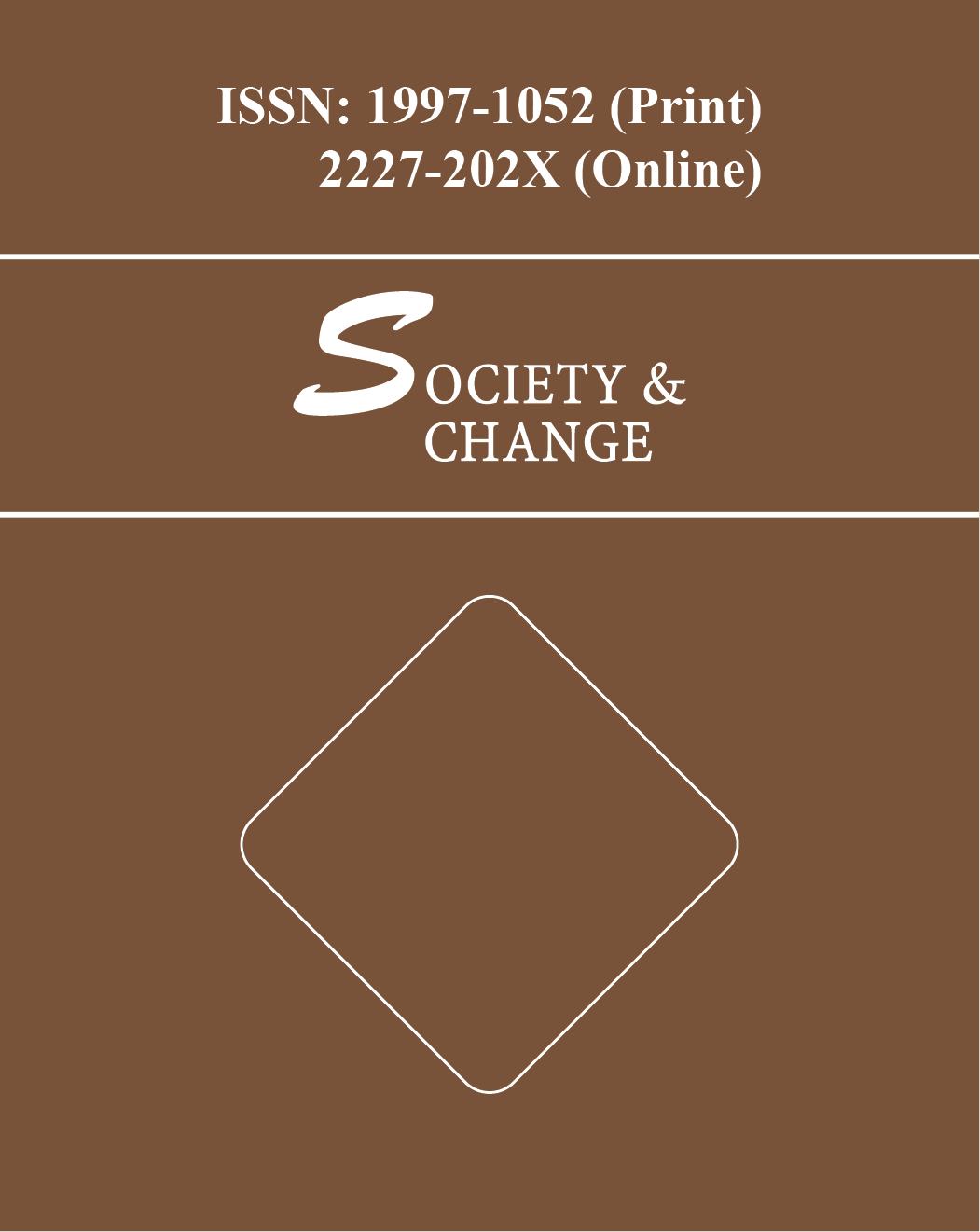The readymade garment industry is the top ambassador of Bangladesh as a country in the global market. Although its export earnings undoubtedly holds the significant position in the country’s total export, some fundamental issues of workers like income level, education, health, and food are not in satisfactory. The study seeks to find out the variability of income and food habit among readymade garment workers and develop statistical relationship between income and food items. The present study is based on quantitative technique; a structured questionnaire survey was used to collect data on female garment workers from thirty 100% export oriented garment factories in Gazipur. A total of 385 female garment workers were selected based on simple random sampling. The study segregates the workers category ranging wage grade structure from 3 to 7 according to the “Gazette on Minimum Wages 2013”. The findings have showed the sources of income for all graded workers that comprises monthly salary package, overtime, attendance bonus, festival Bonus, and other sources of income such as farming, and part time household chores etc. It is noteworthy that our study inferences entire worker’s average working hour per week including overtime, overtime rate, festival bonus, and total income per month for grade 3 to 6 and 7 respectively, and reveals that workers grade 3 to 6 dominated in all parameters than grade 7. Further, we find the food habit of workers within our sample. We have found some significant relationships between income and food items of workers. Consumption frequency of eating items like egg, milk, meat, and vegetables per week does not differ statistically by income of different grades. On the other hand, there is a significant statistical relationship between consumption frequency of eating items like fish, fruit per week and income of different grades. Moreover, this study also reveals that consumption frequency of affinity (items include tea, pan, and cigarettes) among the garment workers differs significantly according to their income level. The research concluded that at present income and food status do not exhibit satisfactory level among the workers.



 Additional Indexing
Additional Indexing